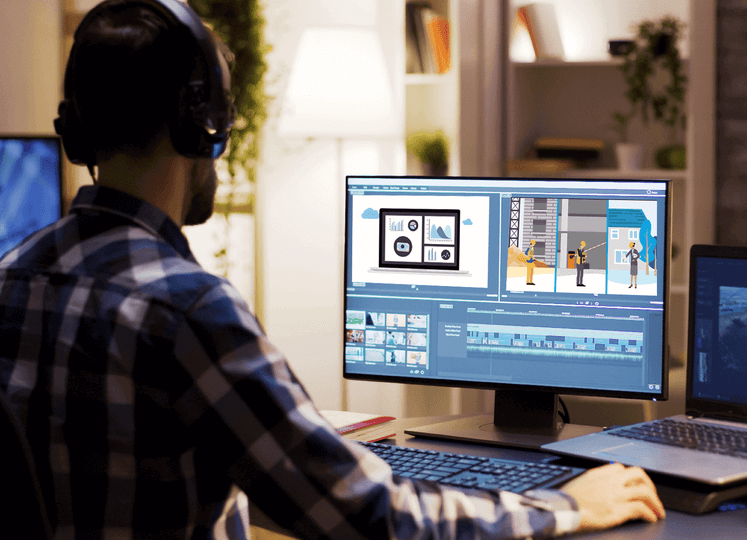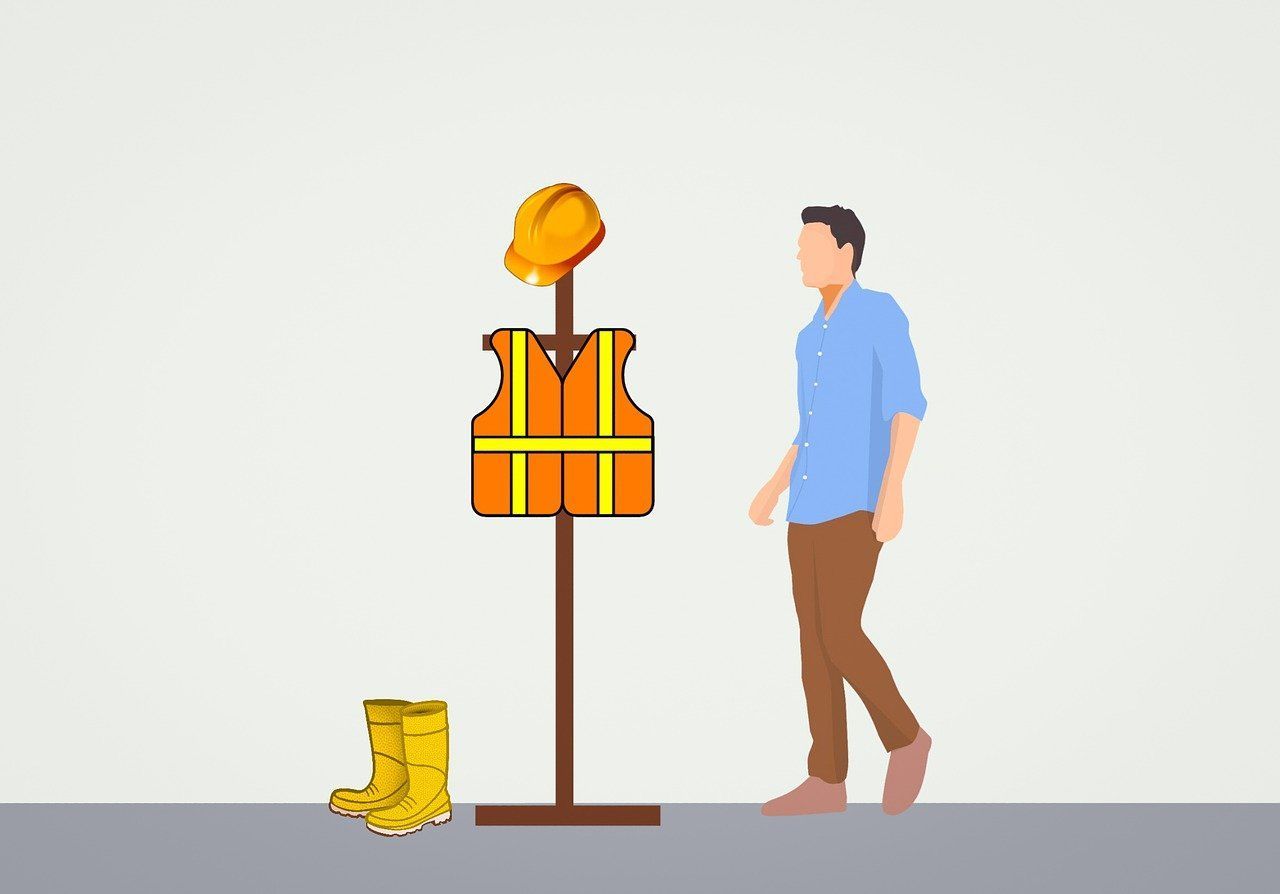2D Animations vs. 3D Animation – Which Should You Choose?
When it comes to deciding between creating either a 2D video animation or a 3D animation, there are certain factors you must consider.

2D Animation
2D animation originated in the 19th century. By drawing one image or character in one pose then slightly changing said pose, animators were able to create flipbooks whereby the different poses created the illusion of movement. 2D animation quickly gained popularity through the world of Disney, when Walt Disney began designing characters such as Minnie and Mickey Mouse. In contemporary society, 2D animation is typically created using computer software and is used in all aspects of TV and marketing – from animated business videos to government announcements.
2D Animated Video Example
3D Animation
3D animation requires a different production process to that of 2D animation. 3D is an acronym for ‘three-dimensional’ referring to height, width and depth. Unlike 2D video animation which is created through a series of flat images, 3D video requires all three dimensions to be visibly at any one time. This style of animation is often used by companies such as Disney and Pixar to create their wonderful animated films.
3D Animated Video Example
So, what do you need to consider when deciding between a 2D or 3D animated video?
Target Audience
The first consideration should be your target audience. 2D videos make brilliant explainer videos; so, if you have a topic you need to explain, a 2D explainer video is the most digestible and fun way to do so.
3D videos on the other hand are much more realistic, therefore if you wanted to show off a new product such as a mobile phone then a 3D video would be a brilliant option for you.
Turnaround Time
Following on from our last point, 2D videos can be turned around a lot faster than 3D animations. For a 2D video, the average turnaround time is around six weeks.
For a 3D video, due to the more complex animation process, these can take months or even years to produce depending on the length and complexity of the animation.
What does this mean for your business?
Well, if you’re looking to create a quality, cost-effective video animation in a timely manner, 2D animation is perfect for you. If money is no object and neither is time, then 3D animation is an awesome option.
Here at Squideo, we like to give our clients the opportunity to access the best of both worlds. Our animation team are highly trained in a little process called isometrics which means we can give our clients a more cost-effective solution to 3D.
Isometric Videos
Isometric videos are essentially created in 2.5D. This means height, width and depth of some objects are visible, but backgrounds are primarily 2D.
Here is an example of one of our own isometric videos:
When you work with Squideo to produce a video for your business, whether its 2D or Isometric, it won't just look amazing, it can get you real results. We create our videos with digital marketing in mind, so promoting your brand, products or services with video has never been easier.













